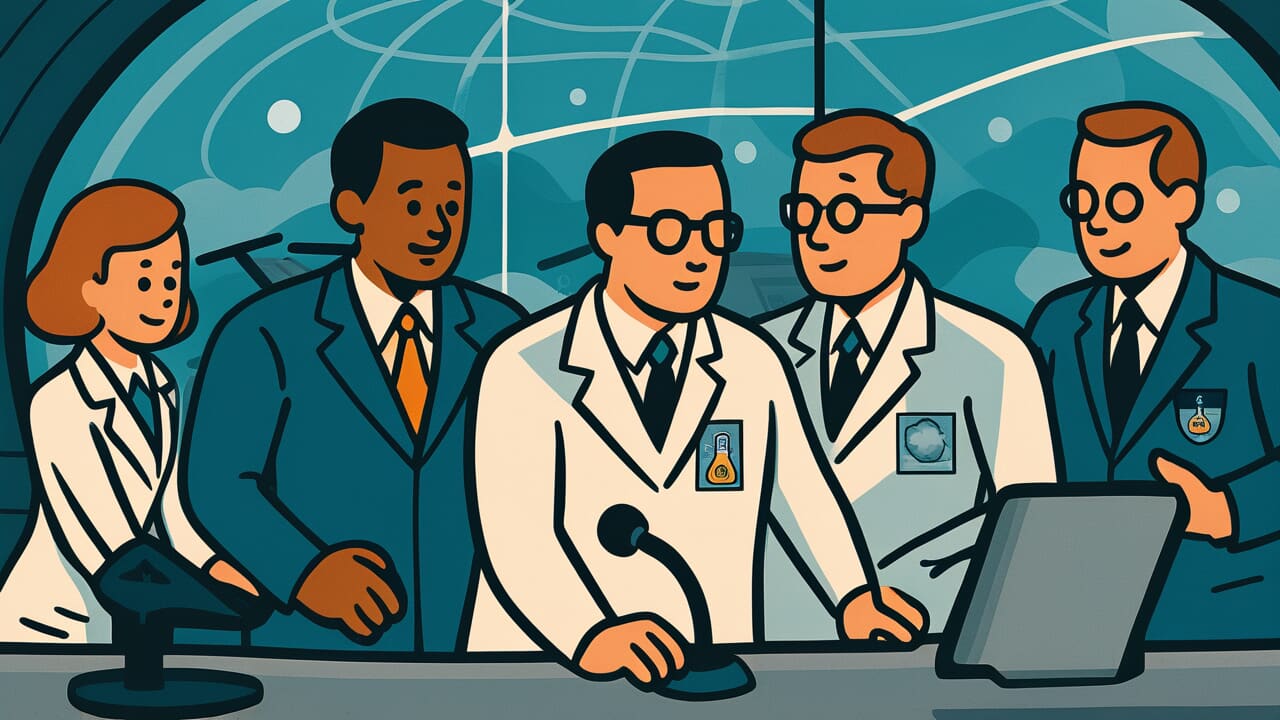[Disclaimer] This article is reconstructed based on information from external sources. Please verify the original source before referring to this content.
News Summary
The following content was published online. A translated summary is presented below. See the source for details.
NVIDIA has unveiled FourCastNet3 (FCN3), a groundbreaking AI system for global weather forecasting. This new model offers significant improvements in accuracy, efficiency, and stability for predicting weather patterns. FCN3 matches the performance of leading machine learning models like GenCast in medium-range forecasting and surpasses traditional numerical weather prediction systems such as IFS-ENS. The system excels in providing probabilistic forecasts, maintaining spectral fidelity, and offering ensemble calibration. FCN3’s ability to produce stable forecasts at subseasonal timescales, combined with its computational efficiency, marks a major advancement in AI-driven weather prediction. This development by NVIDIA’s Earth-2 initiative represents a significant step forward in leveraging artificial intelligence for more accurate and timely weather forecasts, potentially revolutionizing how meteorologists and climate scientists approach long-term weather modeling.
Source: NVIDIA
Our Commentary
Background and Context

Weather forecasting has long been a complex challenge, relying on sophisticated numerical models to predict atmospheric conditions. Traditional methods use physics-based equations to simulate weather patterns, but these can be computationally intensive and sometimes less accurate for longer-term forecasts. The introduction of artificial intelligence in weather prediction represents a significant shift in approach, potentially offering faster and more accurate forecasts.
Expert Analysis
The development of FCN3 by NVIDIA signifies a major leap in weather forecasting technology. This AI model’s ability to match or exceed traditional methods in accuracy while improving computational efficiency could have far-reaching implications for meteorology and climate science.
Key points:
- FCN3’s improved accuracy in medium-range forecasting could lead to more reliable weather predictions for public safety and economic planning.
- The model’s computational efficiency may allow for more frequent and detailed weather updates, enhancing our ability to respond to rapidly changing conditions.
- The stability of FCN3 at subseasonal timescales opens new possibilities for long-term climate modeling and seasonal forecasting.
Additional Data and Fact Reinforcement
To understand the significance of FCN3, consider these facts:
- Traditional numerical weather prediction models can take hours to run on supercomputers, while AI models like FCN3 can produce forecasts in minutes.
- According to the World Meteorological Organization, improvements in weather forecasting can save lives and reduce economic losses from extreme weather events by up to 30%.
- The global weather forecasting market is expected to reach $3.3 billion by 2025, highlighting the importance of innovations in this field.
Related News
This development in AI weather forecasting aligns with broader trends in climate technology. It comes at a time when governments and organizations worldwide are increasing efforts to understand and mitigate the impacts of climate change, making accurate long-term weather and climate predictions more crucial than ever.
Summary

NVIDIA’s FourCastNet3 represents a significant advancement in weather forecasting technology. By combining the power of AI with traditional meteorological knowledge, FCN3 has the potential to revolutionize how we predict and prepare for weather events, from daily forecasts to long-term climate trends. As this technology continues to evolve, it could play a crucial role in enhancing our ability to respond to and mitigate the impacts of changing weather patterns globally.


